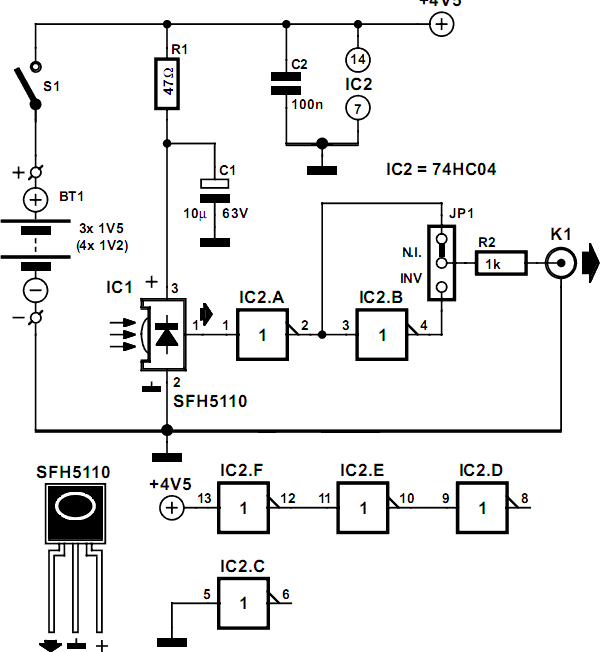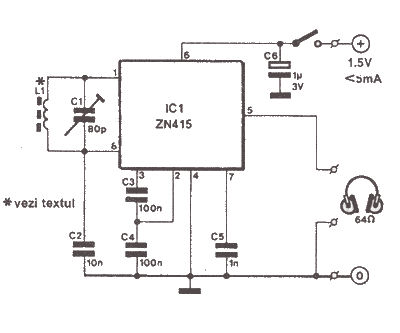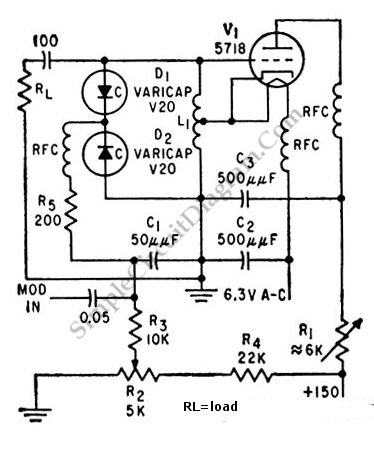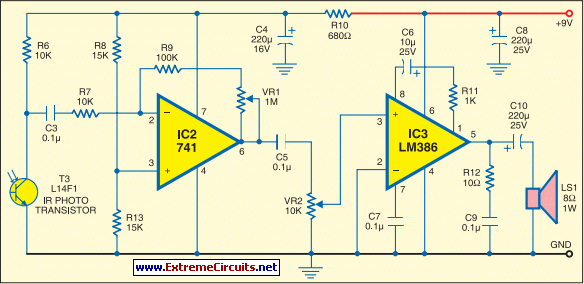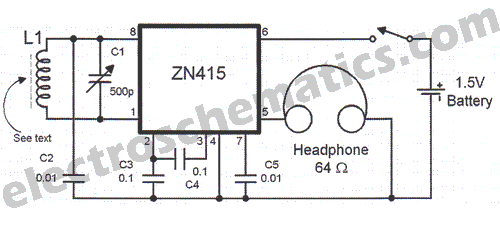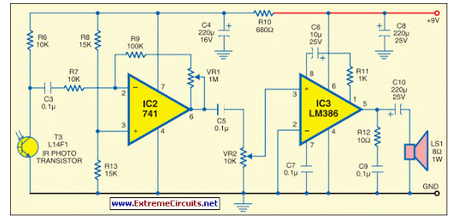
Improving the MICOR Receiver for 435-450 MHz

This document provides a detailed explanation of a procedure to modify a UHF MICOR "M" range (450-470 MHz) receiver board for optimal operation within the 435-450 MHz range. This enhancement builds upon Kevin's text-only article. These receivers are typically found in Spectra TAC chassis, base stations, mobiles, and satellite receivers. They generally meet specifications down to approximately 445 MHz, but performance begins to deteriorate beyond that point. Although the receiver can function adequately down to nearly 440 MHz, the crystal oscillator multiplier stages tend to lose tuning range around 445 MHz. This issue can be resolved by replacing certain components with values suitable for the "L" range boards. There are two approaches to achieve this: Kevin's original article only mentioned replacing C117, C119, and C125. An email from a former Motorola Service Shop technician to Repeater-Builder included a parts list for an export model MICOR designed for 420-450 MHz. This conversion involved replacing multiple coils (L111 through L116) with components that are no longer available. Additional information regarding C136 was sourced from this technician. Although sensitivity with a padded C136 is marginally improved, sophisticated instruments would be required to measure the difference. A table is provided that lists the capacitor reference number, the original value for the "M" range (450-470 MHz), the necessary replacement value for the "L" range, or the value to be added across the existing component to achieve "L" range specifications. All values are specified in picoFarads.
The modification of the UHF MICOR "M" range receiver board involves several key steps and component replacements to enhance its performance in the desired frequency range. The core of this procedure lies in the adjustment of the receiver's tuning capabilities, which is critical for maintaining signal integrity and sensitivity in the lower frequency spectrum.
First, it is essential to identify and access the components that require replacement. The capacitors C117, C119, and C125 are crucial for adjusting the tuning characteristics of the receiver. Replacing these capacitors with values specified for the "L" range boards will allow the receiver to effectively operate within the 435-450 MHz range. It is recommended to consult the provided table for the exact values needed for these replacements.
In addition to the capacitors, attention must be given to the coils L111 through L116. These coils play a significant role in the oscillator's performance and overall tuning range. Since the original parts may no longer be available, it is advisable to source equivalent components that can provide similar inductance and quality factors. The proper selection of these components is critical for ensuring that the receiver maintains its performance across the modified frequency range.
Furthermore, the capacitor C136 should also be considered, as its modification can yield slight improvements in sensitivity. Although the enhancement may be marginal, it demonstrates the importance of precision in component selection and adjustment. Utilizing advanced testing equipment may be necessary to quantify these improvements effectively.
Overall, the successful modification of the UHF MICOR "M" range receiver board requires careful attention to the specified components and their values, as well as a thorough understanding of the receiver's operational characteristics. Following these guidelines will facilitate an effective transition to the desired frequency range while maintaining the integrity and performance of the receiver.This is a detailed explanation of a procedure you can use to modify a UHF MICOR "M" range (450-470 MHz) receiver board so it operates adequately in the 435-450 MHz range. This is an enhancement to Kevin`s text-only article. These receivers are commonly found in a Spectra TAC chassis as well as base stations, mobiles, and satellite receivers.
They will meet specs down to about 445 MHz; then things start deteriorating. While the receiver will, in general, perform adequately down to nearly 440 MHz, the crystal oscillator multiplier stages seem to run out of tuning range around 445 MHz. This condition can be fixed by replacing some components with values appropriate for the "L" range boards.
You can do this one of two ways: Kevin`s original article only mentioned replacing C117, C119, and C125. An e-mail received by Repeater-Builder from an ex-Motorola Service Shop technician contained a parts list for an export model MICOR that covered 420-450 MHz.
This conversion included replacing several coils (L111 through L116) with parts that are no longer available. Information about C136 came from this source. Sensitivity with C136 padded is marginally better but you`d need sophisticated instruments to see it.
Here`s a table showing the capacitor reference number, the original value for the "M" range (450-470 MHz), the value you`d need to replace it with (the "L" range), or the value you`d need to add across the existing component to get it to the "L" range. All values are in picoFarads. 🔗 External reference
The modification of the UHF MICOR "M" range receiver board involves several key steps and component replacements to enhance its performance in the desired frequency range. The core of this procedure lies in the adjustment of the receiver's tuning capabilities, which is critical for maintaining signal integrity and sensitivity in the lower frequency spectrum.
First, it is essential to identify and access the components that require replacement. The capacitors C117, C119, and C125 are crucial for adjusting the tuning characteristics of the receiver. Replacing these capacitors with values specified for the "L" range boards will allow the receiver to effectively operate within the 435-450 MHz range. It is recommended to consult the provided table for the exact values needed for these replacements.
In addition to the capacitors, attention must be given to the coils L111 through L116. These coils play a significant role in the oscillator's performance and overall tuning range. Since the original parts may no longer be available, it is advisable to source equivalent components that can provide similar inductance and quality factors. The proper selection of these components is critical for ensuring that the receiver maintains its performance across the modified frequency range.
Furthermore, the capacitor C136 should also be considered, as its modification can yield slight improvements in sensitivity. Although the enhancement may be marginal, it demonstrates the importance of precision in component selection and adjustment. Utilizing advanced testing equipment may be necessary to quantify these improvements effectively.
Overall, the successful modification of the UHF MICOR "M" range receiver board requires careful attention to the specified components and their values, as well as a thorough understanding of the receiver's operational characteristics. Following these guidelines will facilitate an effective transition to the desired frequency range while maintaining the integrity and performance of the receiver.This is a detailed explanation of a procedure you can use to modify a UHF MICOR "M" range (450-470 MHz) receiver board so it operates adequately in the 435-450 MHz range. This is an enhancement to Kevin`s text-only article. These receivers are commonly found in a Spectra TAC chassis as well as base stations, mobiles, and satellite receivers.
They will meet specs down to about 445 MHz; then things start deteriorating. While the receiver will, in general, perform adequately down to nearly 440 MHz, the crystal oscillator multiplier stages seem to run out of tuning range around 445 MHz. This condition can be fixed by replacing some components with values appropriate for the "L" range boards.
You can do this one of two ways: Kevin`s original article only mentioned replacing C117, C119, and C125. An e-mail received by Repeater-Builder from an ex-Motorola Service Shop technician contained a parts list for an export model MICOR that covered 420-450 MHz.
This conversion included replacing several coils (L111 through L116) with parts that are no longer available. Information about C136 came from this source. Sensitivity with C136 padded is marginally better but you`d need sophisticated instruments to see it.
Here`s a table showing the capacitor reference number, the original value for the "M" range (450-470 MHz), the value you`d need to replace it with (the "L" range), or the value you`d need to add across the existing component to get it to the "L" range. All values are in picoFarads. 🔗 External reference
